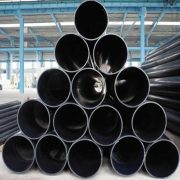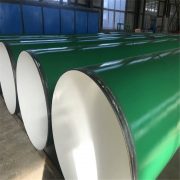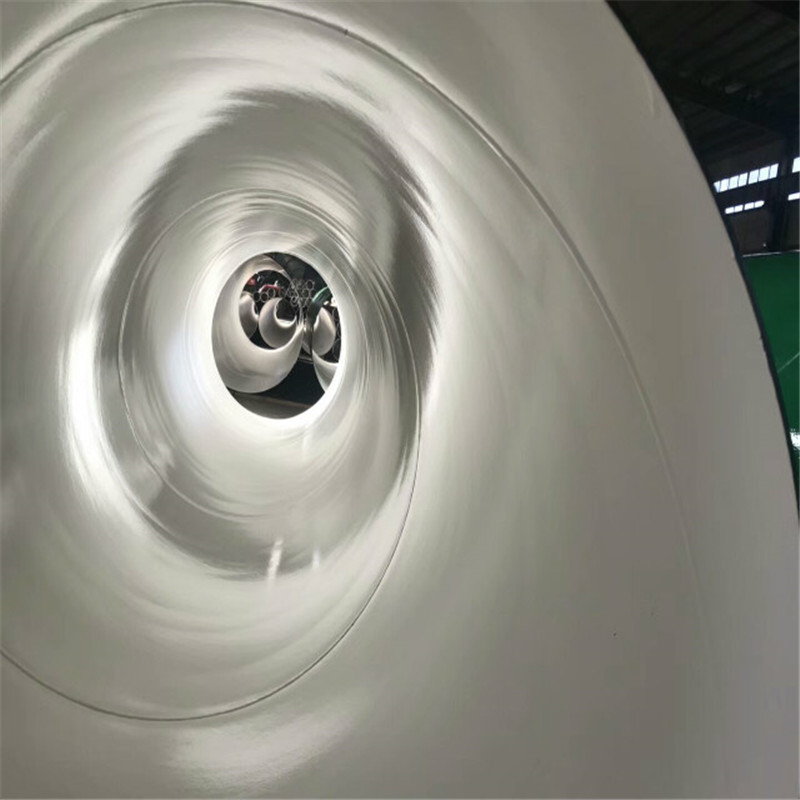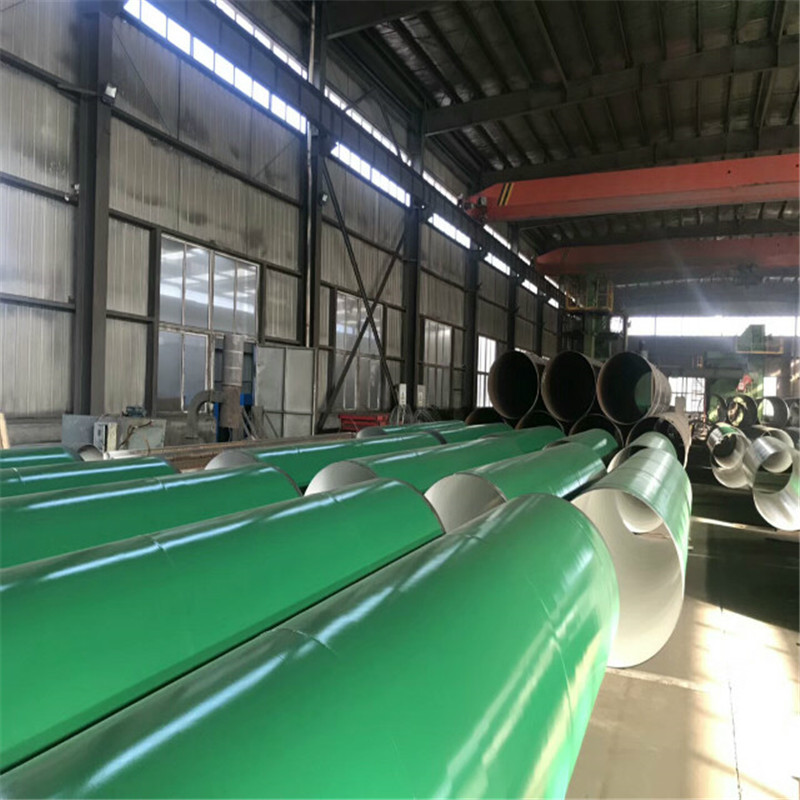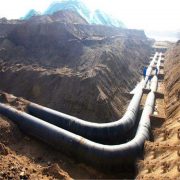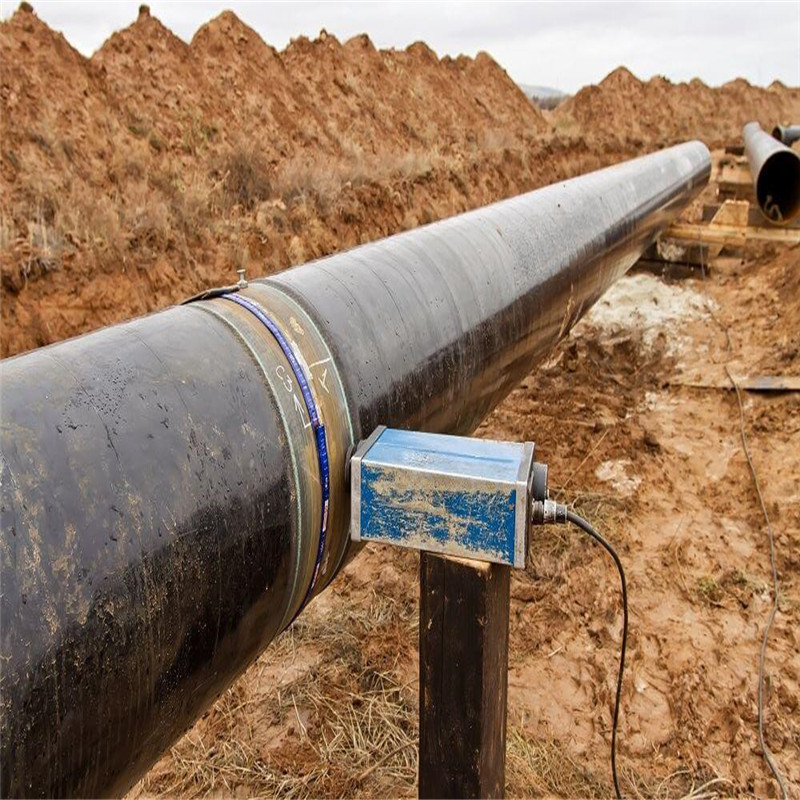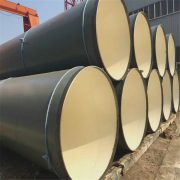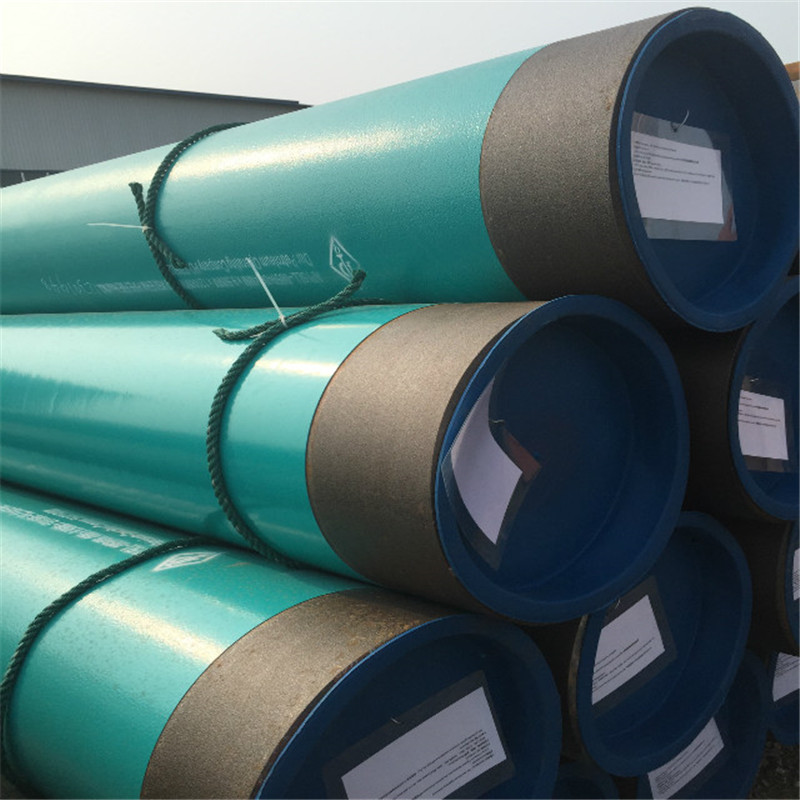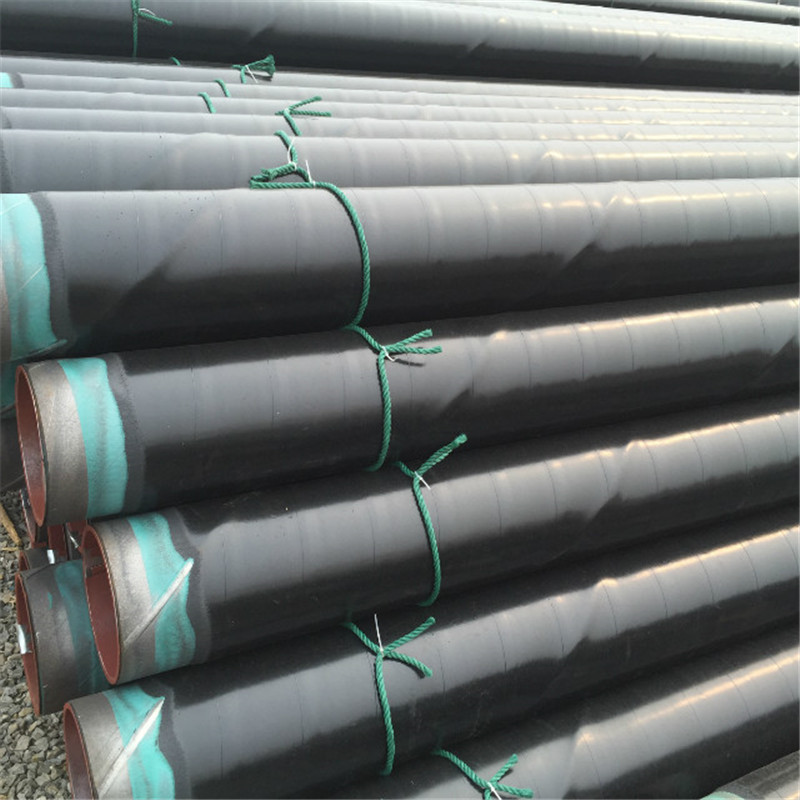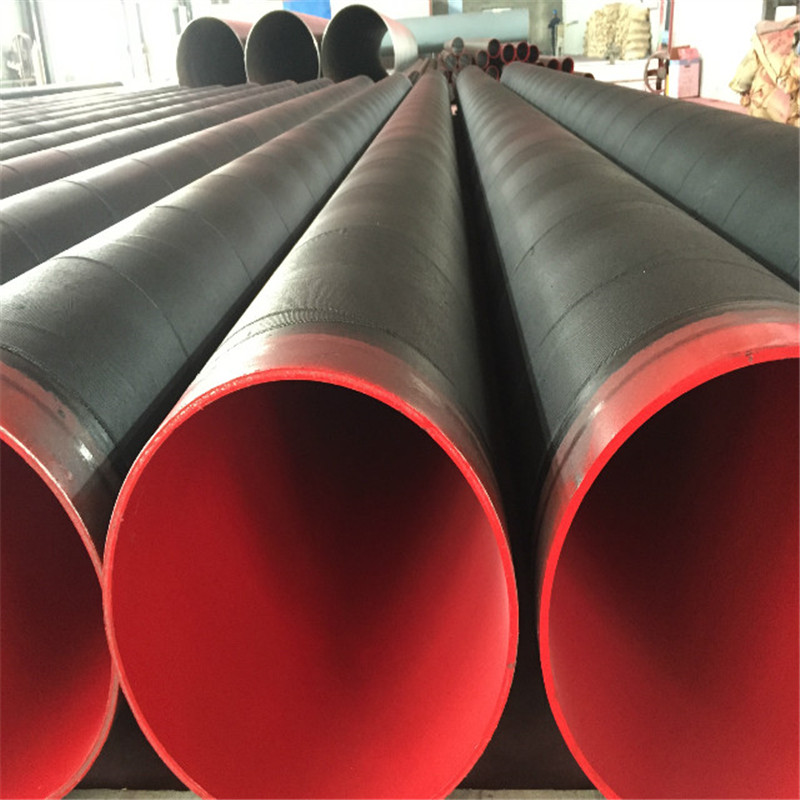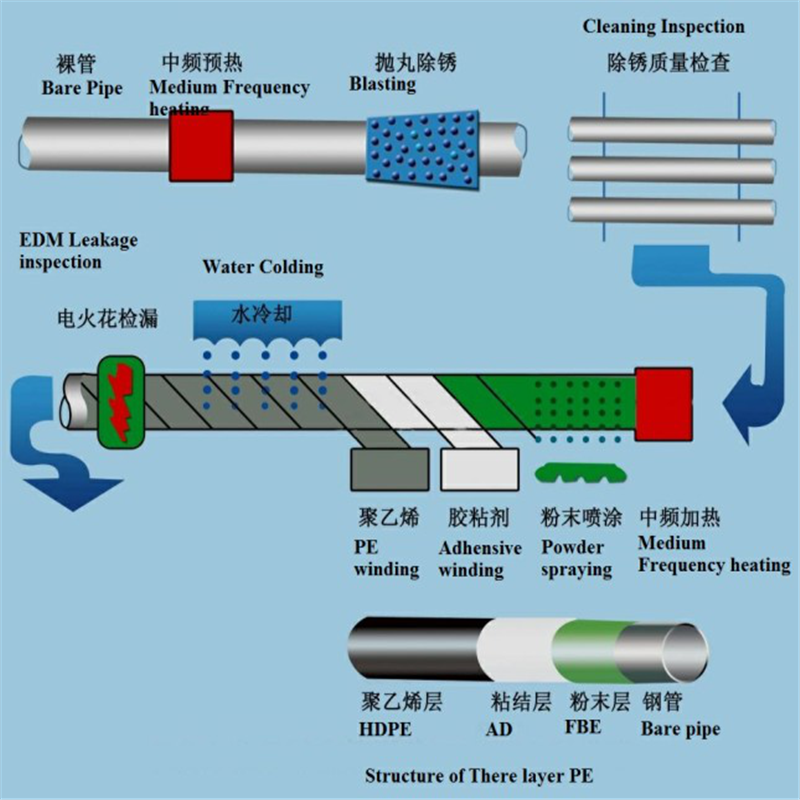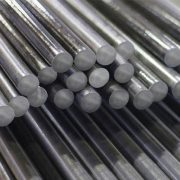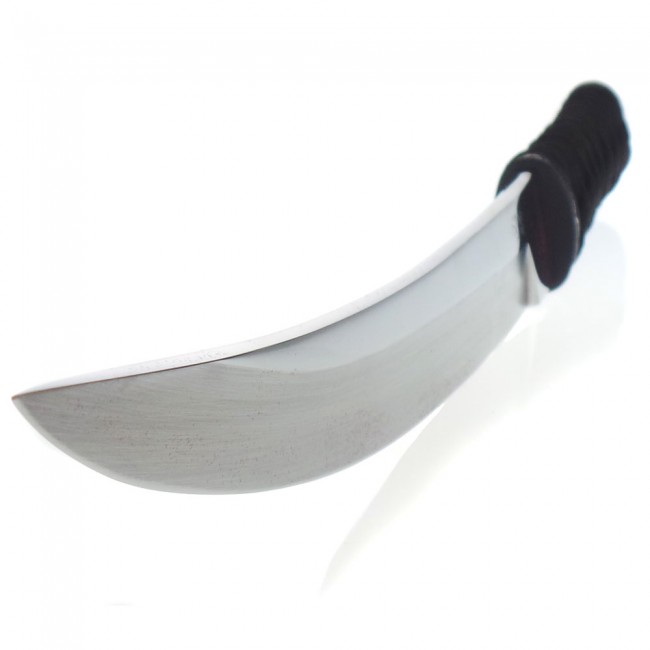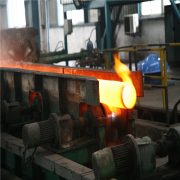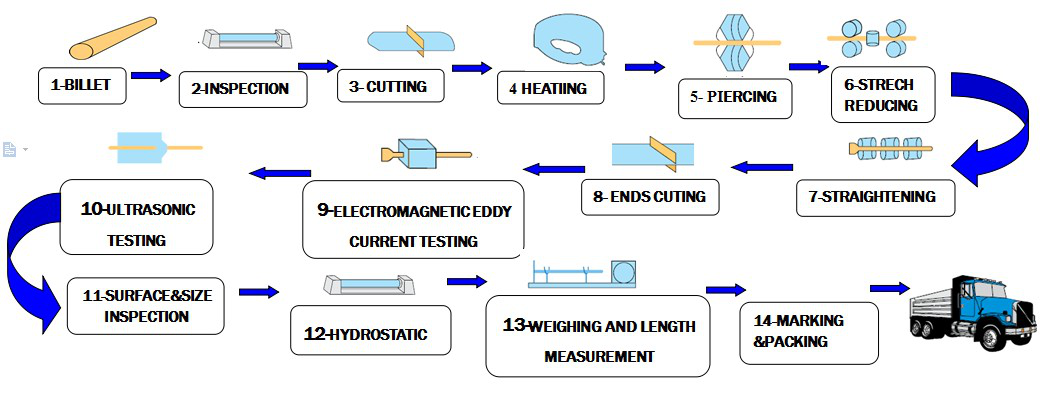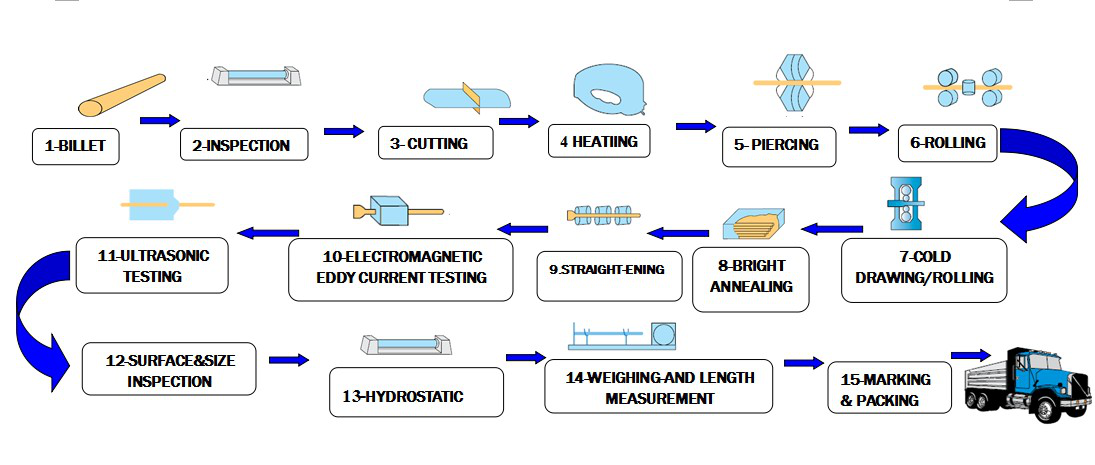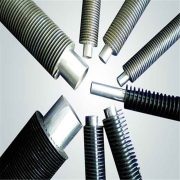What are the uses of ultra-high polymer pipes?
Ultra-high polymer pipes are called non-metallic pipes, which should belong to plastic products. The raw material of ultra-high polymer pipes is PE, but the molecular weight is much higher than ordinary molecular weight, and the performance is better than ordinary PE materials, such as: wear resistance and resistance Corrosion, impact resistance, yield strength and breaking strength, etc. In particular, its wear resistance is higher than that of materials such as polytetrafluoroethylene, nylon, and carbon steel. Ultra-high polymer pipes were used more abroad in the early days. After continuous research and development, the ultra-high polymer pipe technology has gradually matured in China, and the heavy industry has gradually adopted this type of pipe. It has become a new type of thermoplastic engineering pipe with moderate price and excellent performance. In terms of price and quality, it is a practical ideal pipe.
Ultra-polymer pipes can be used for the transportation of various highly corrosive and highly abrasive liquids or solid-liquid mixtures, such as various acid, lye, crude oil, tailings, mud, coal water slurry, and power plant ash and slag discharge and many more. Compared with seamless steel pipes, ultra-polymer pipes have significant advantages and increase service life. Under strong corrosive and high abrasive conditions, the service life can be increased several times or even dozens of times; due to the non-sticky inner wall of this pipe And the friction coefficient is small, which can reduce the conveying pressure or reduce the diameter of the conveying pipe, which is of great significance for long-distance conveying; because the thermal conductivity of this pipe is more than 10,000 times smaller than that of steel, it can greatly reduce the heat preservation cost of the conveying pipe. Transporting crude oil and other materials in cold regions and winter is of great significance.
It can be seen that ultra-high polymer pipes have excellent use characteristics and are used in the mining industry, coal industry, oil exploration, thermal power generation, chemical industry, river dredging and other industrial fields. With the continuous development of industrial technology, the fields in which ultra-polymer pipes will be used will become more and more extensive.
Decho is a professional supplier of ultra-high polymer pipes . If you need any for your project , pls feel free to contact us by email [email protected]

